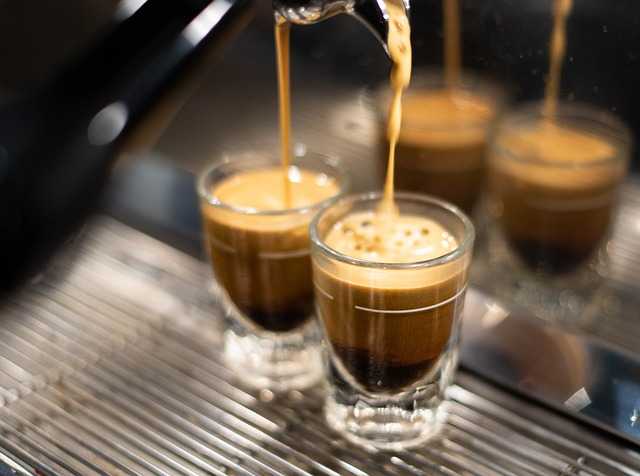EUGENE, OR, USA – A major research project on espresso is brewing at the University of Oregon. Christopher Hendon, an assistant professor in the Department of Chemistry and Biochemistry in the College of Arts and Sciences, is leading a four-year project on espresso extraction launched by the Specialty Coffee Association with funding from Nuova Simonelli, an Italian coffee machine manufacturer.
In a partnership with Oregon State University and the University of Portsmouth in the United Kingdom, Hendon’s team will develop formal guidelines for espresso extraction and the first espresso brewing control chart.
Hendon, whose work sits at the interface of inorganic materials chemistry and physical chemistry, has made coffee both a research interest and a teaching tool; The Atlantic called him “specialty coffee’s resident scientist.” Hendon has said, only half-joking, that his research team is on the “quest to deliciousness.”
The new project brings together scientists from sensory and food science, chemistry and mathematics to investigate how different extraction parameters affect espresso’s “hedonic” properties — that is, whether it tastes good.
The espresso brewing control chart will resemble the longstanding coffee control chart, a guide to water-to-bean brewing ratios for coffee with ideal balance, neither too strong nor too weak. Hendon’s team also will develop tools for measuring espresso, including an apparatus for rapidly assessing coffee chemistry and flavor.
“We are using electrochemistry to measure populations of molecules in coffee extracts,” Hendon said.
“Then we will relate these families of molecules to a sensory experience. Instead of telling people what tastes good and bad, we will now be able to measure what each individual enjoys. In principle, we will tailor a shot of espresso to someone’s preference.”
















